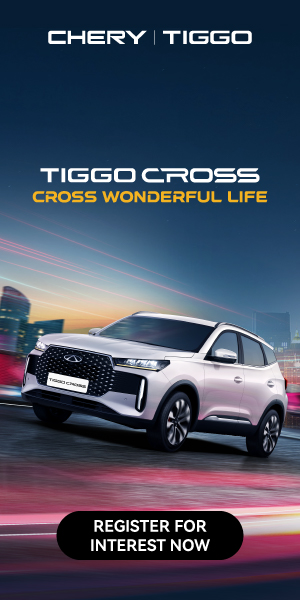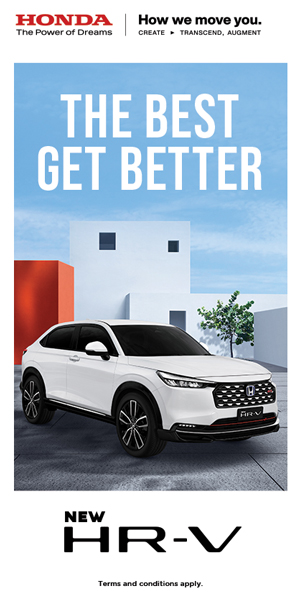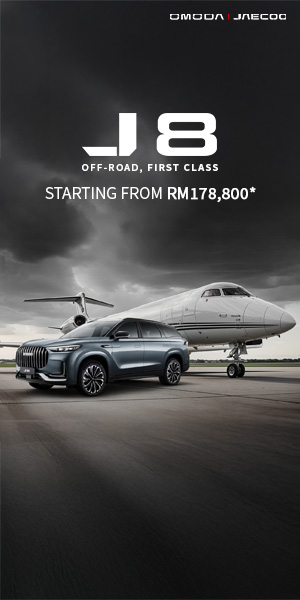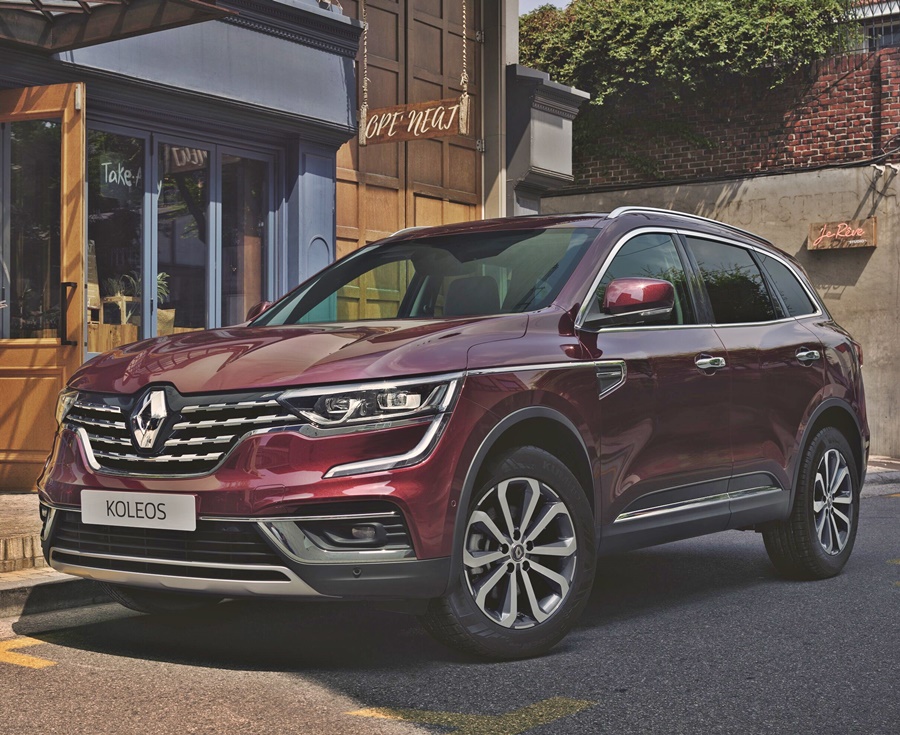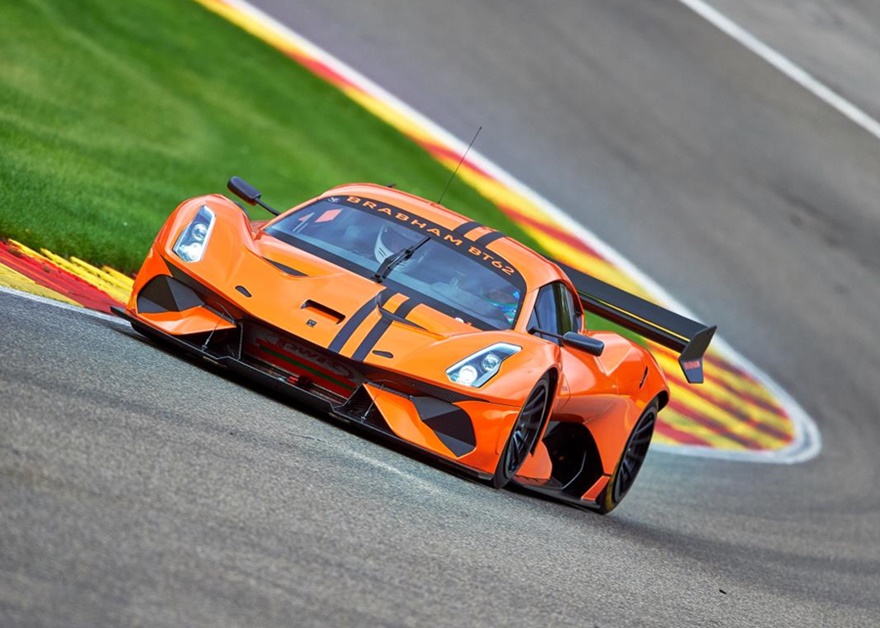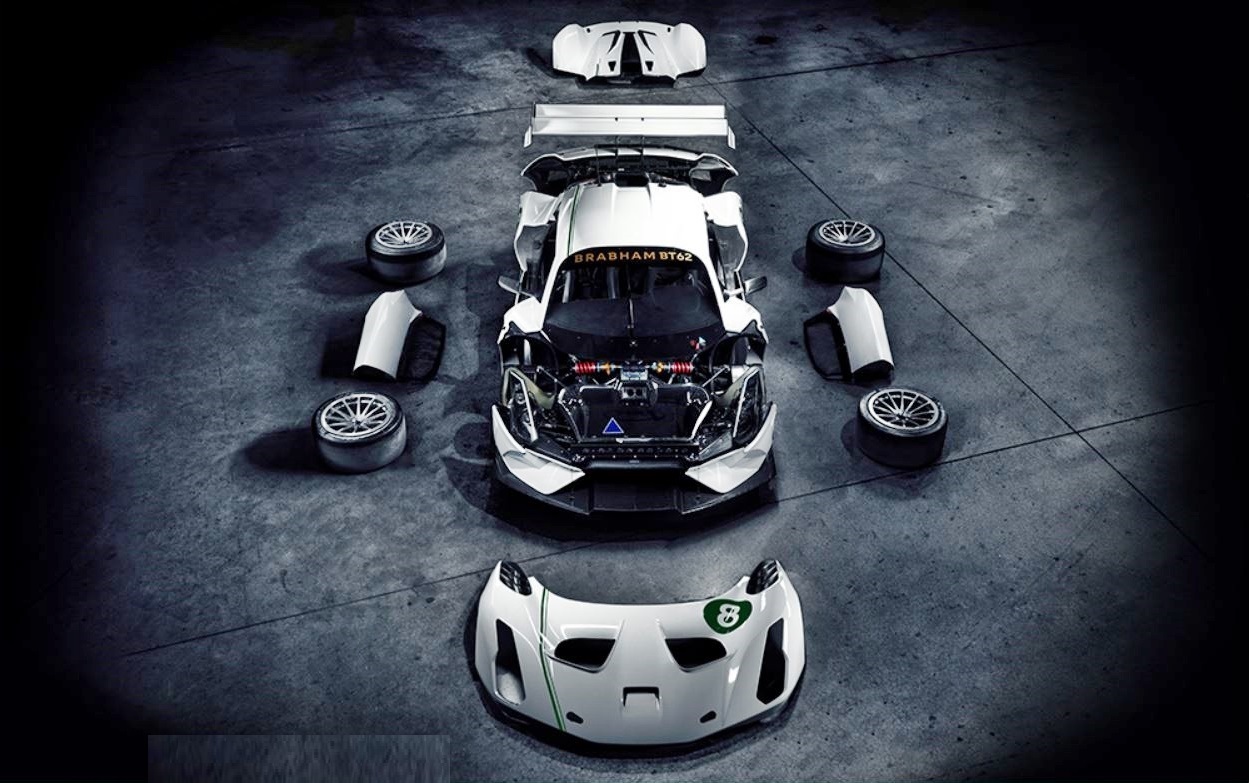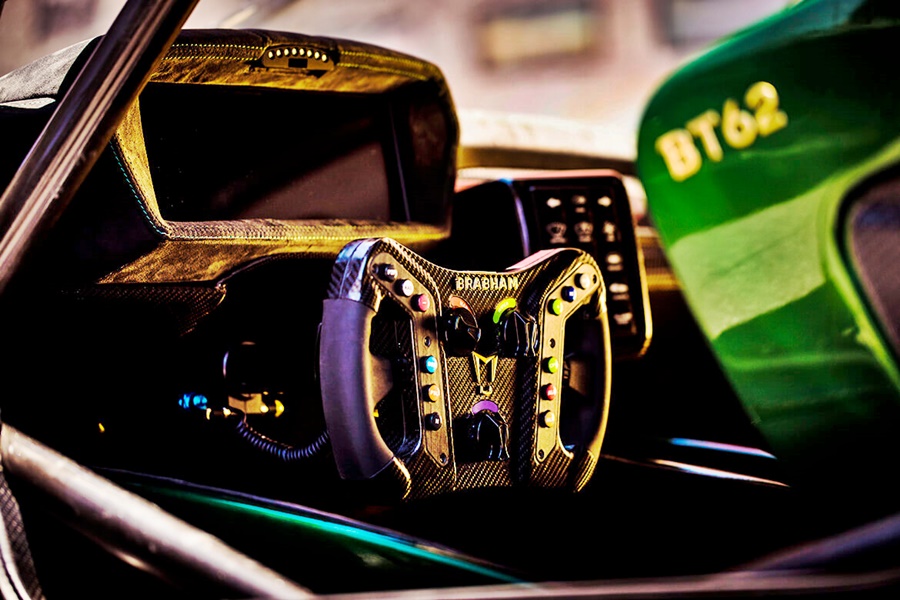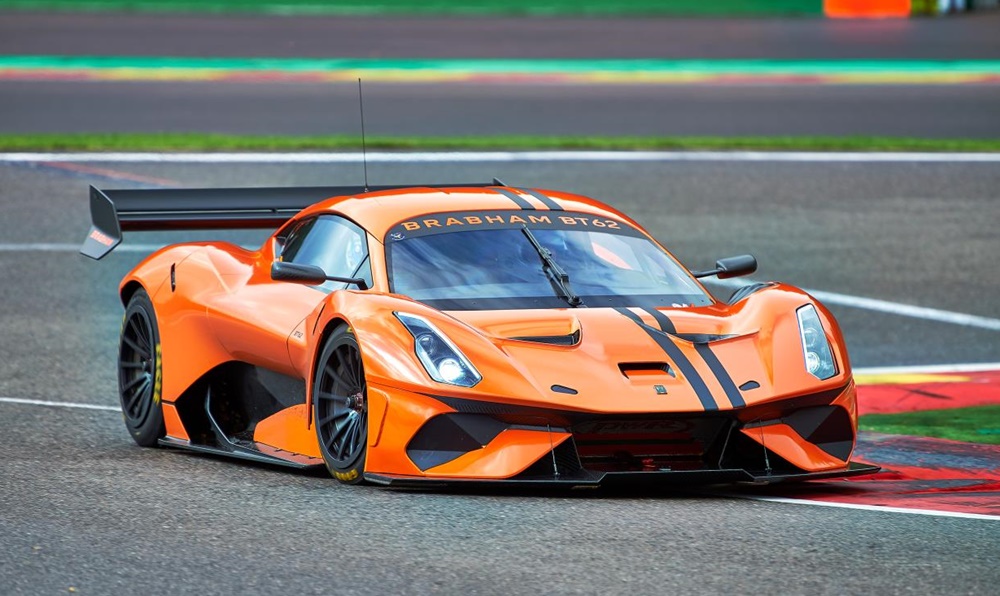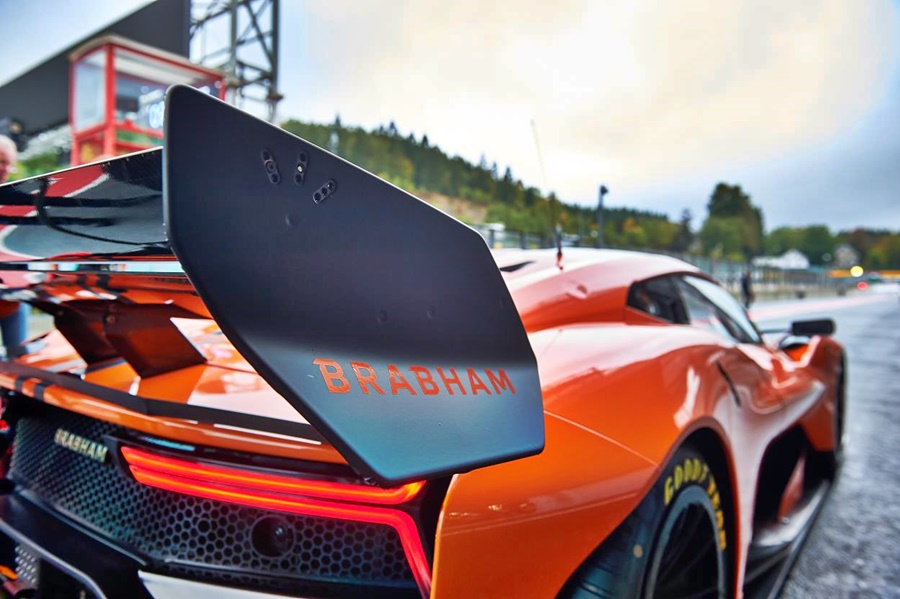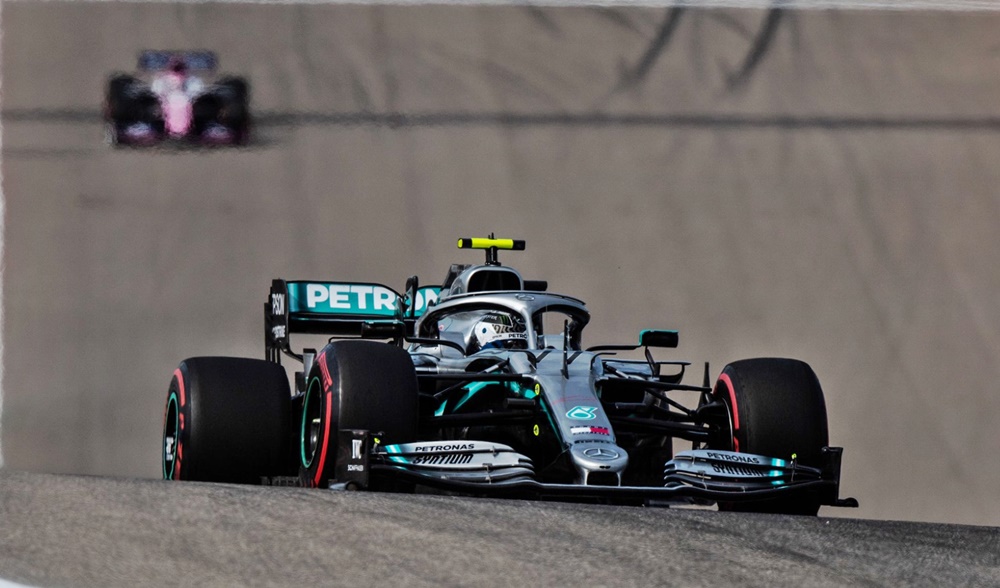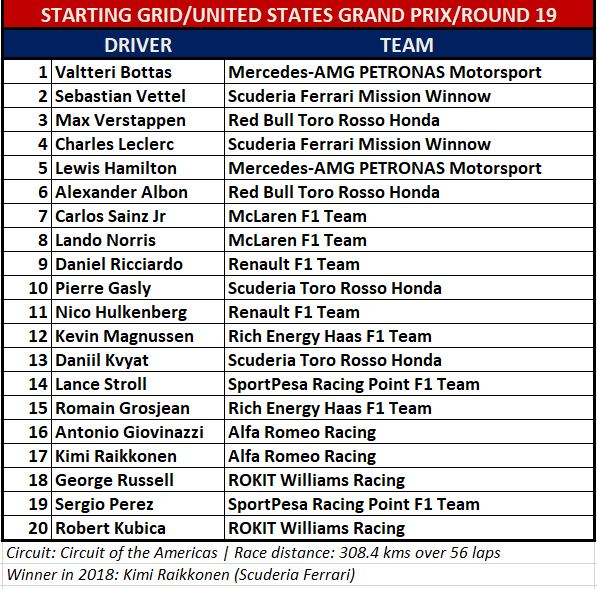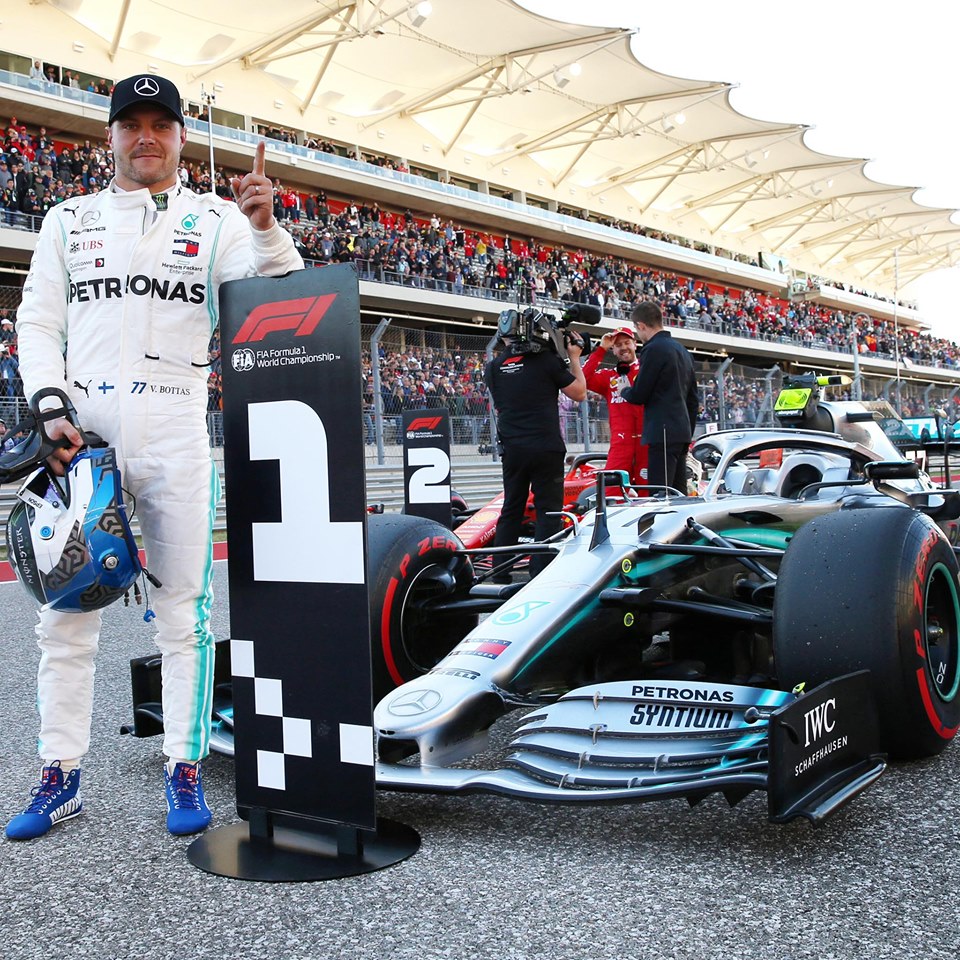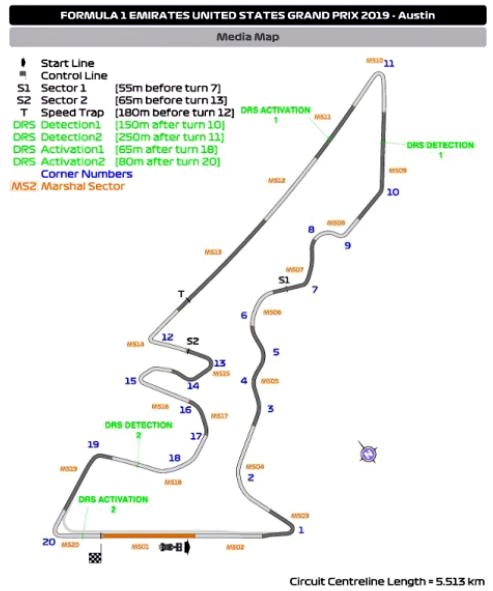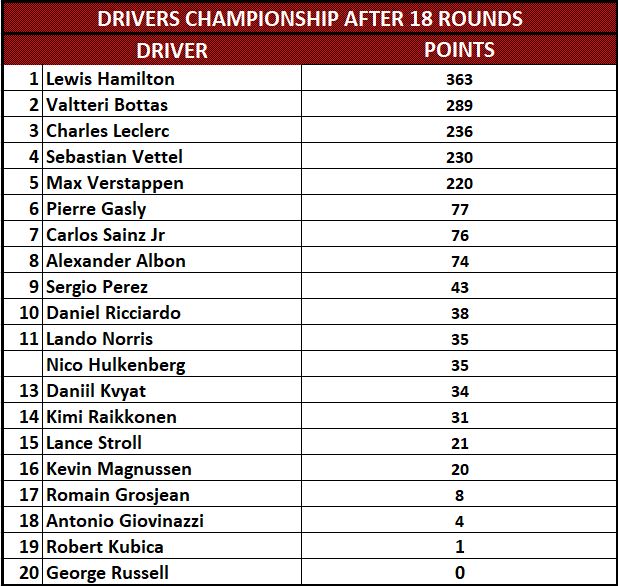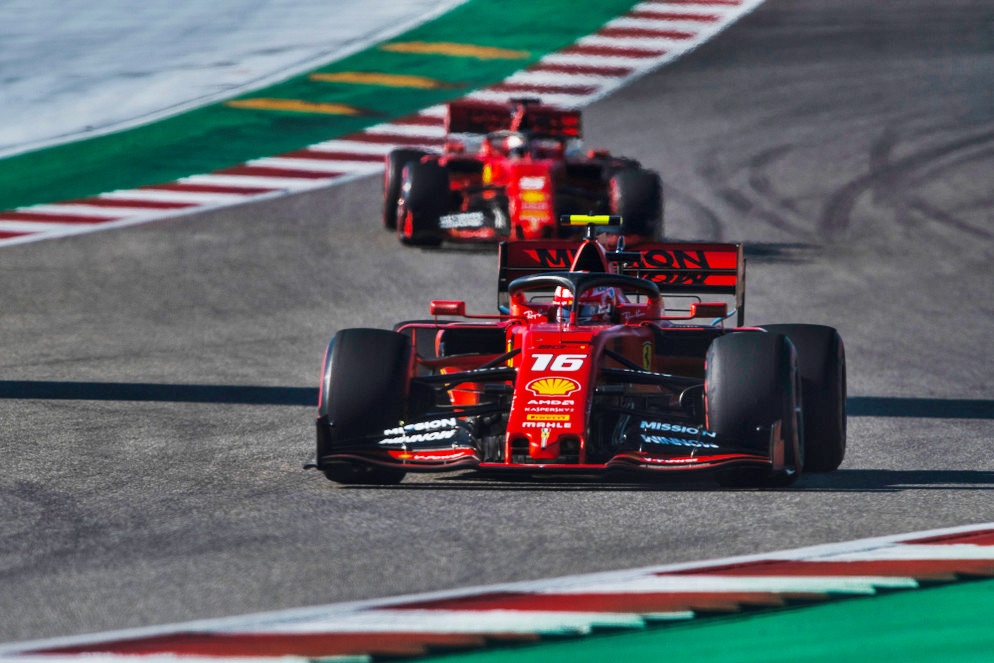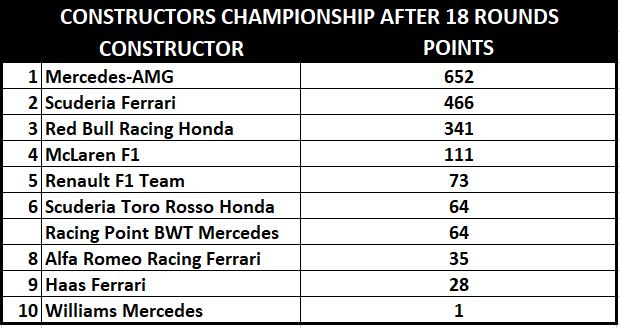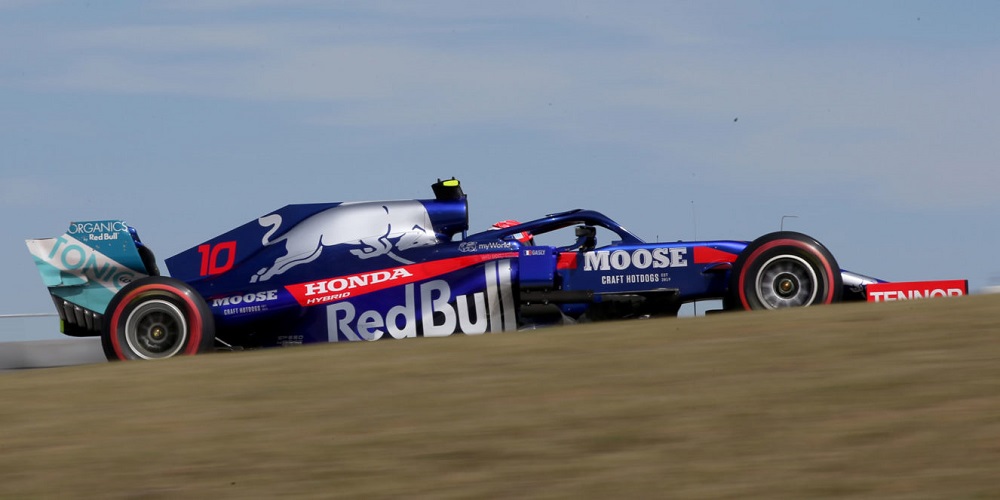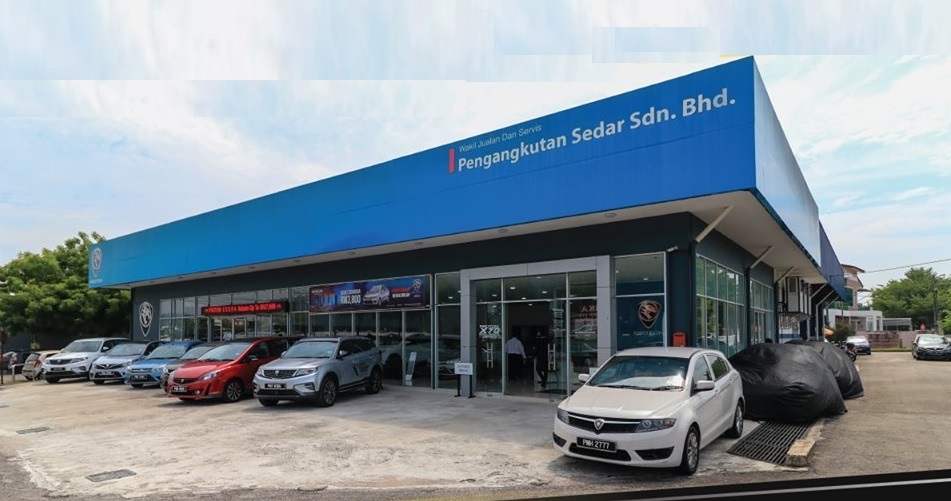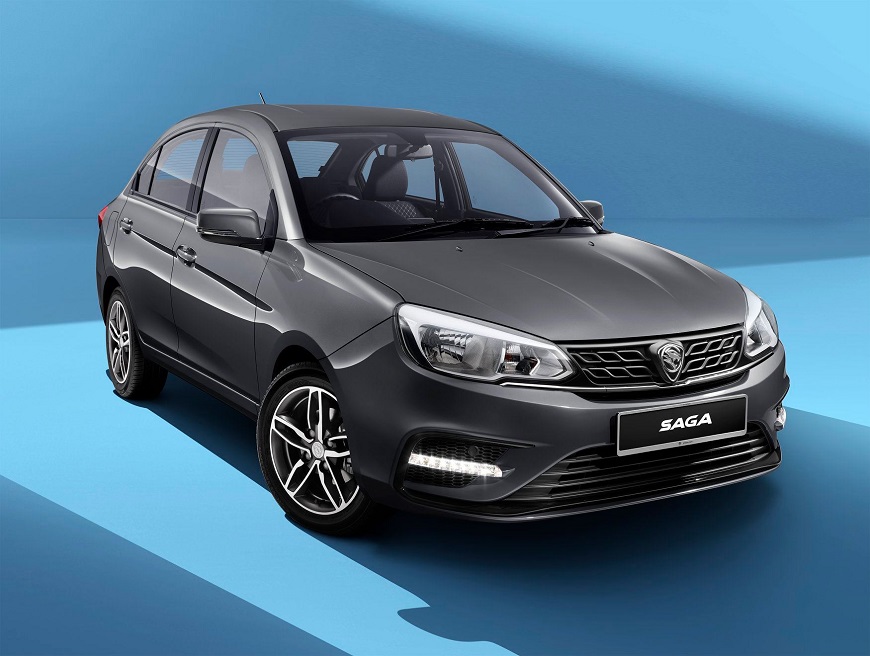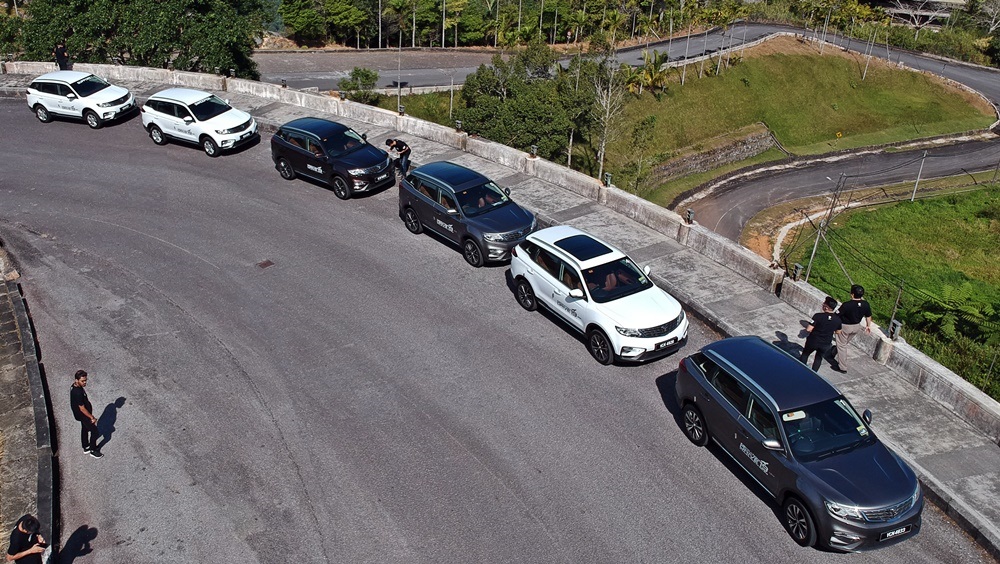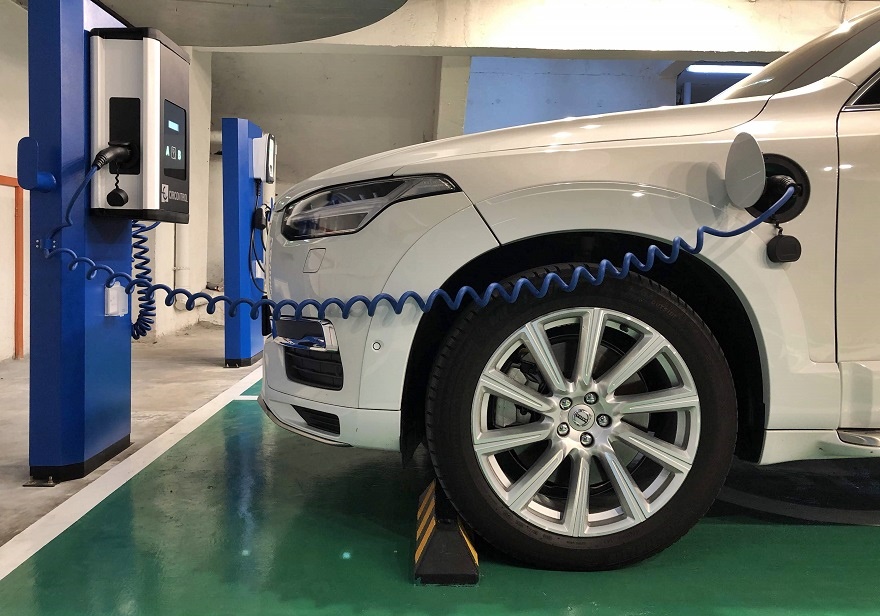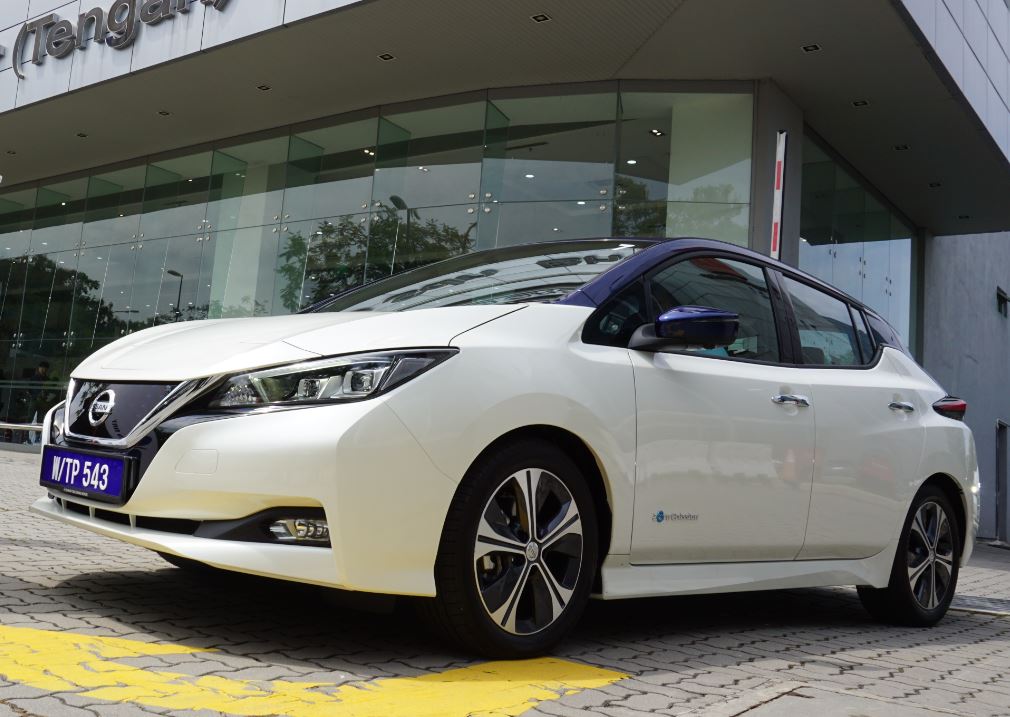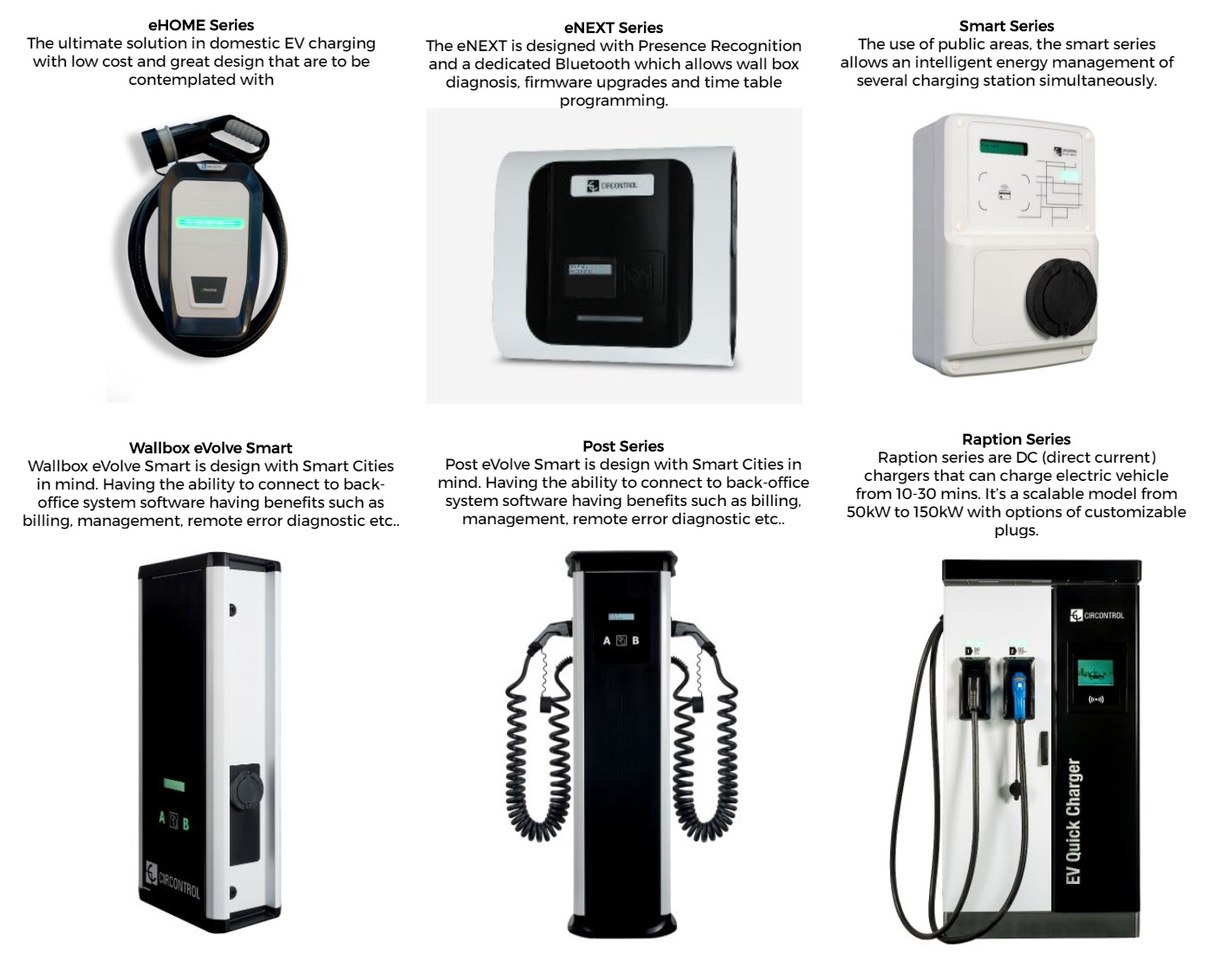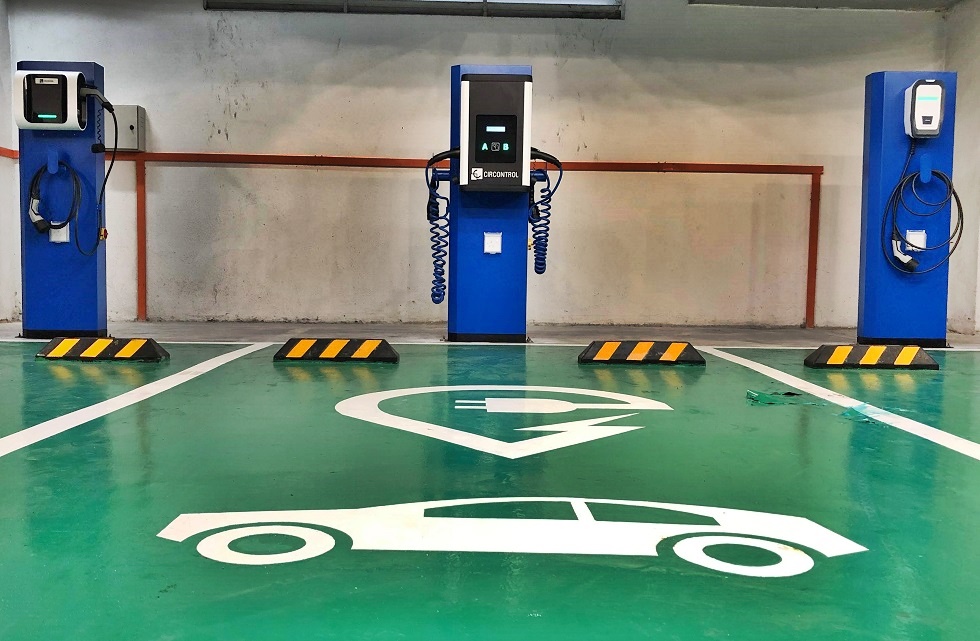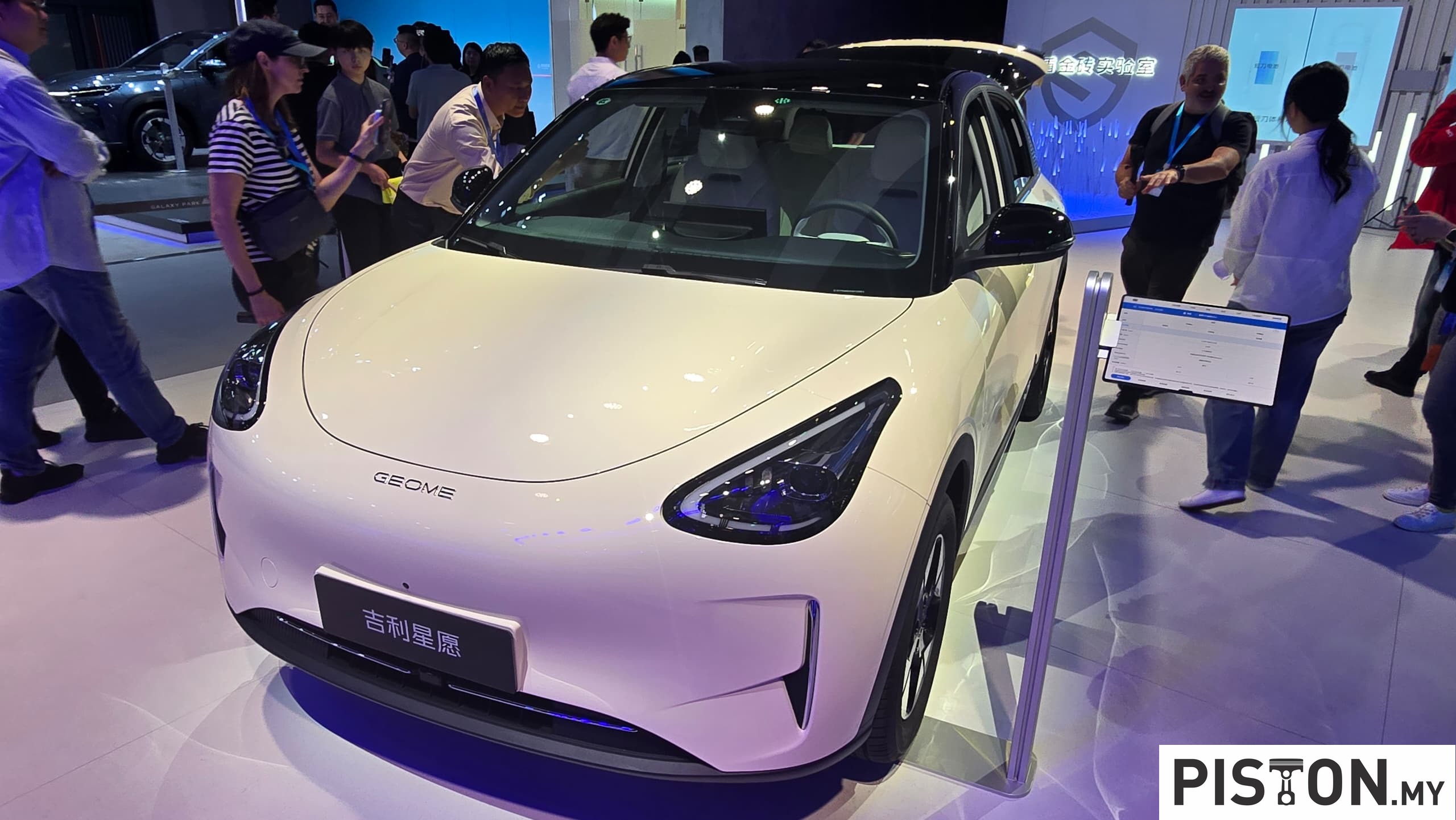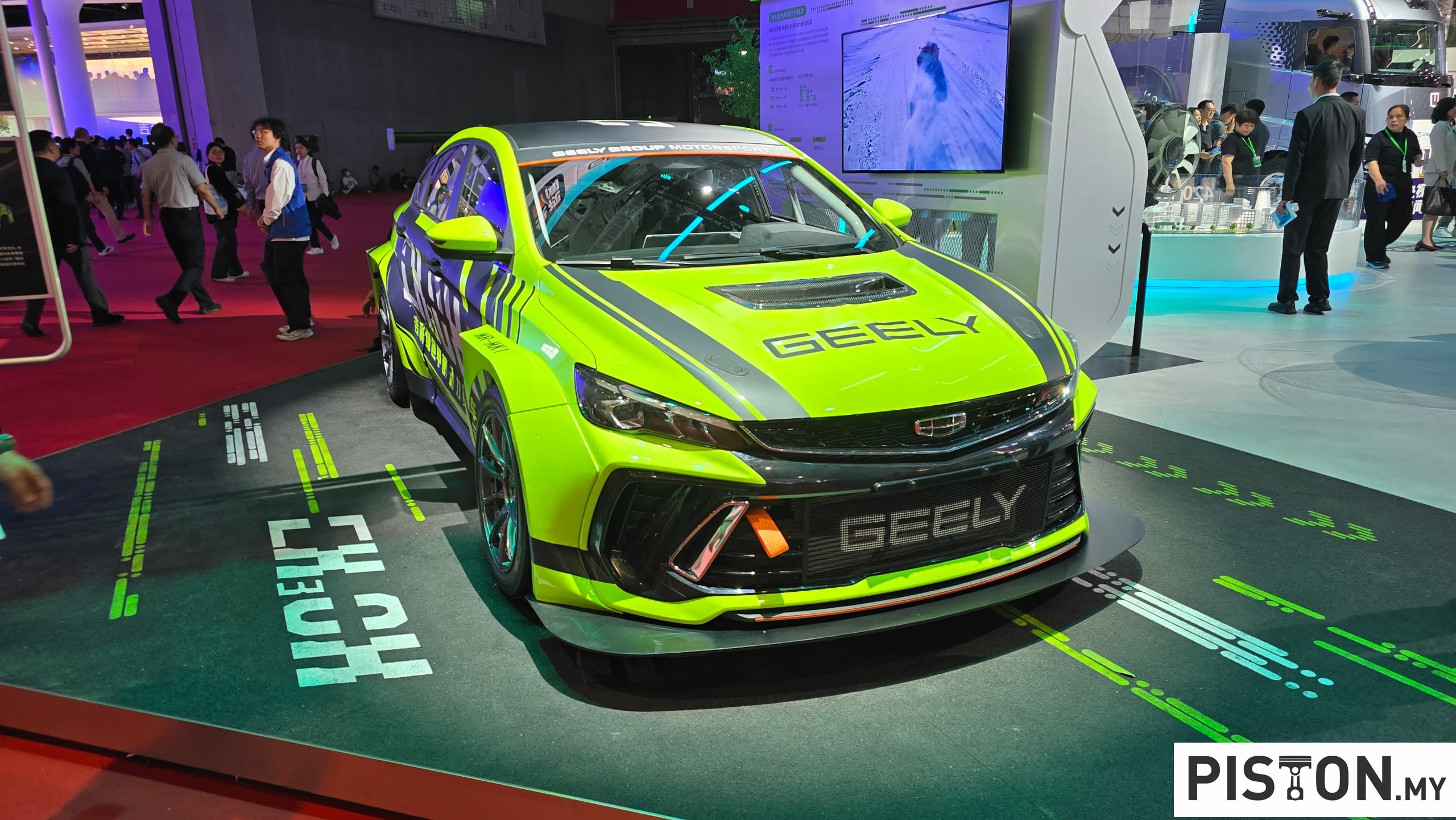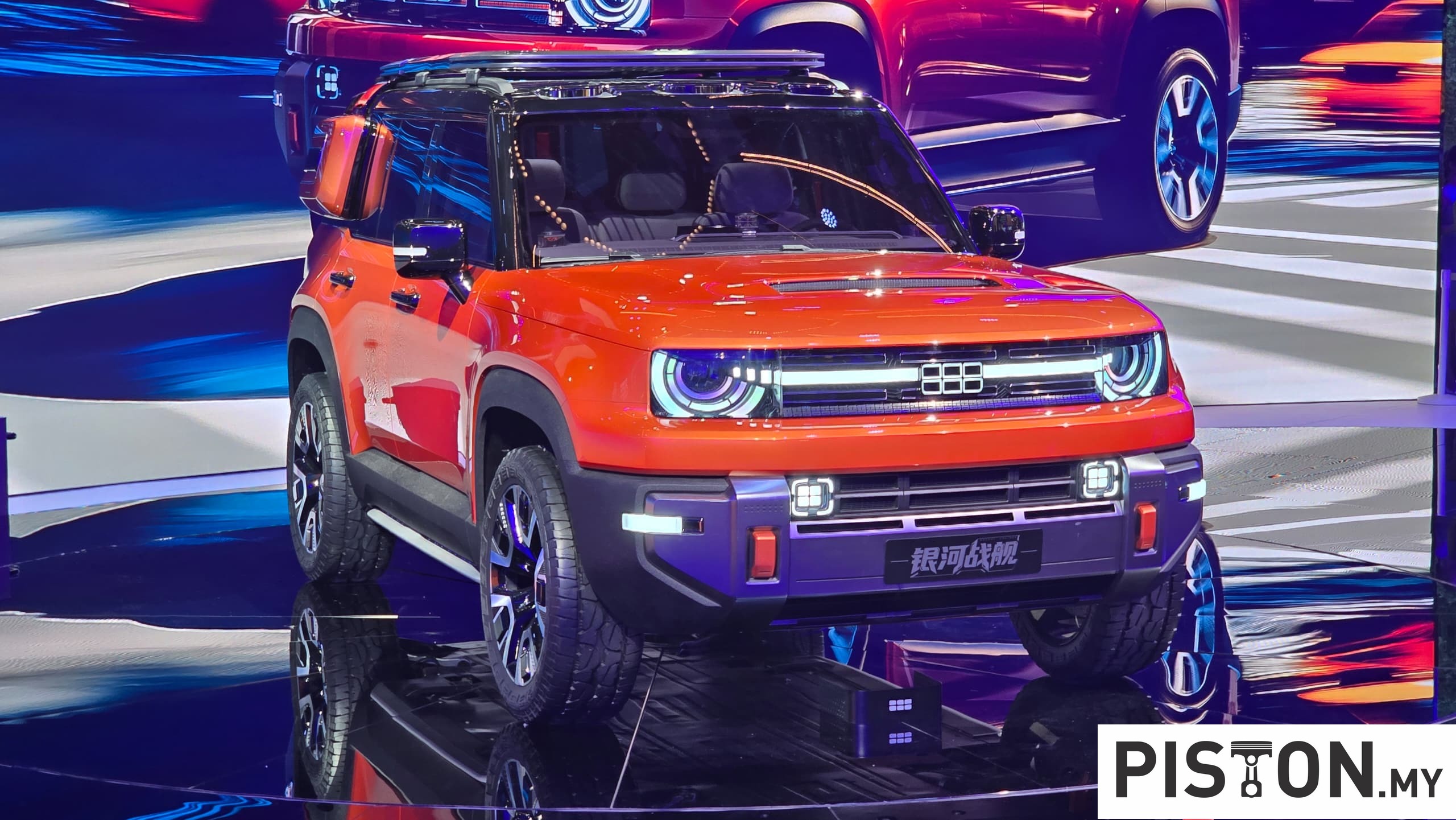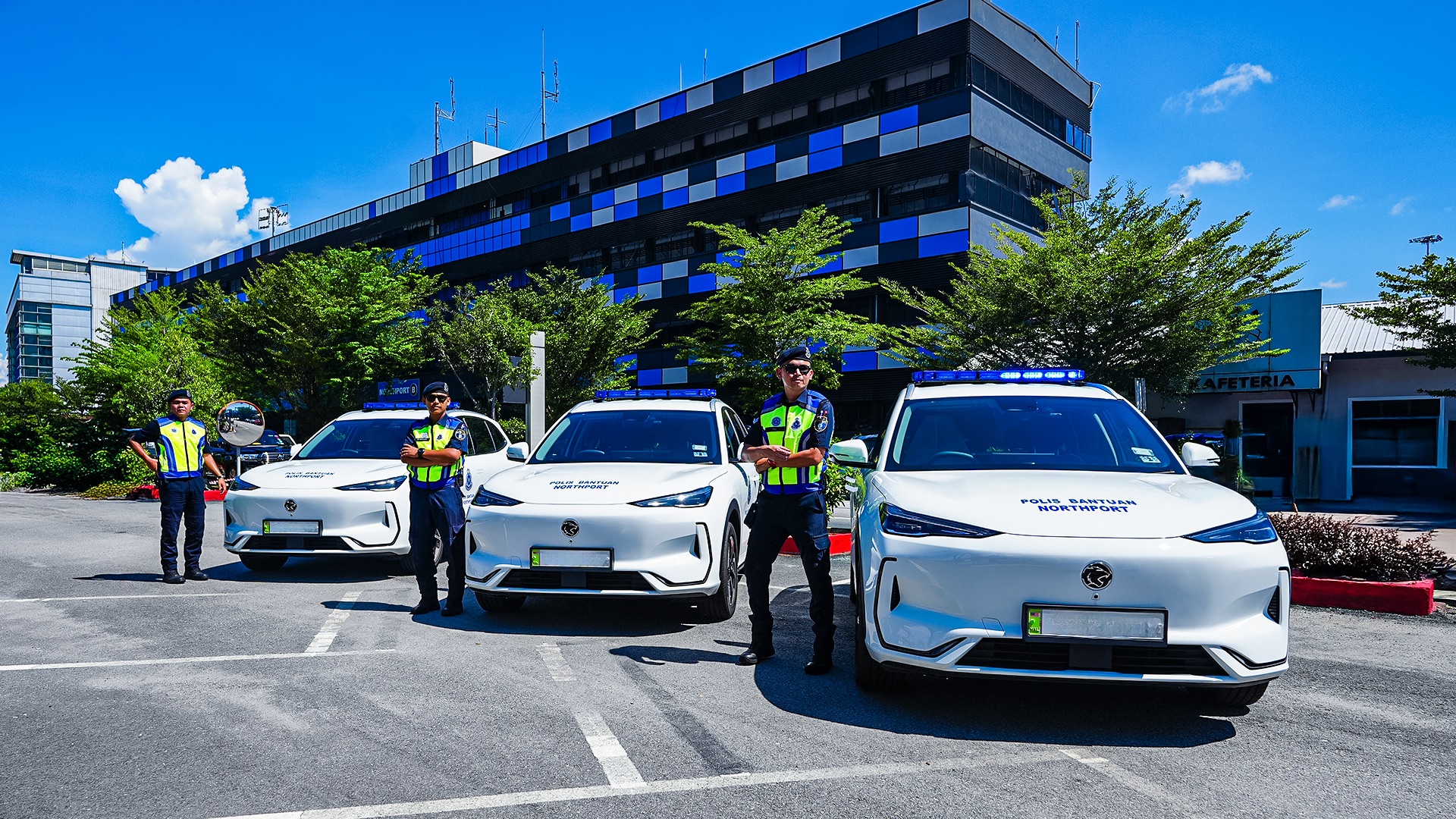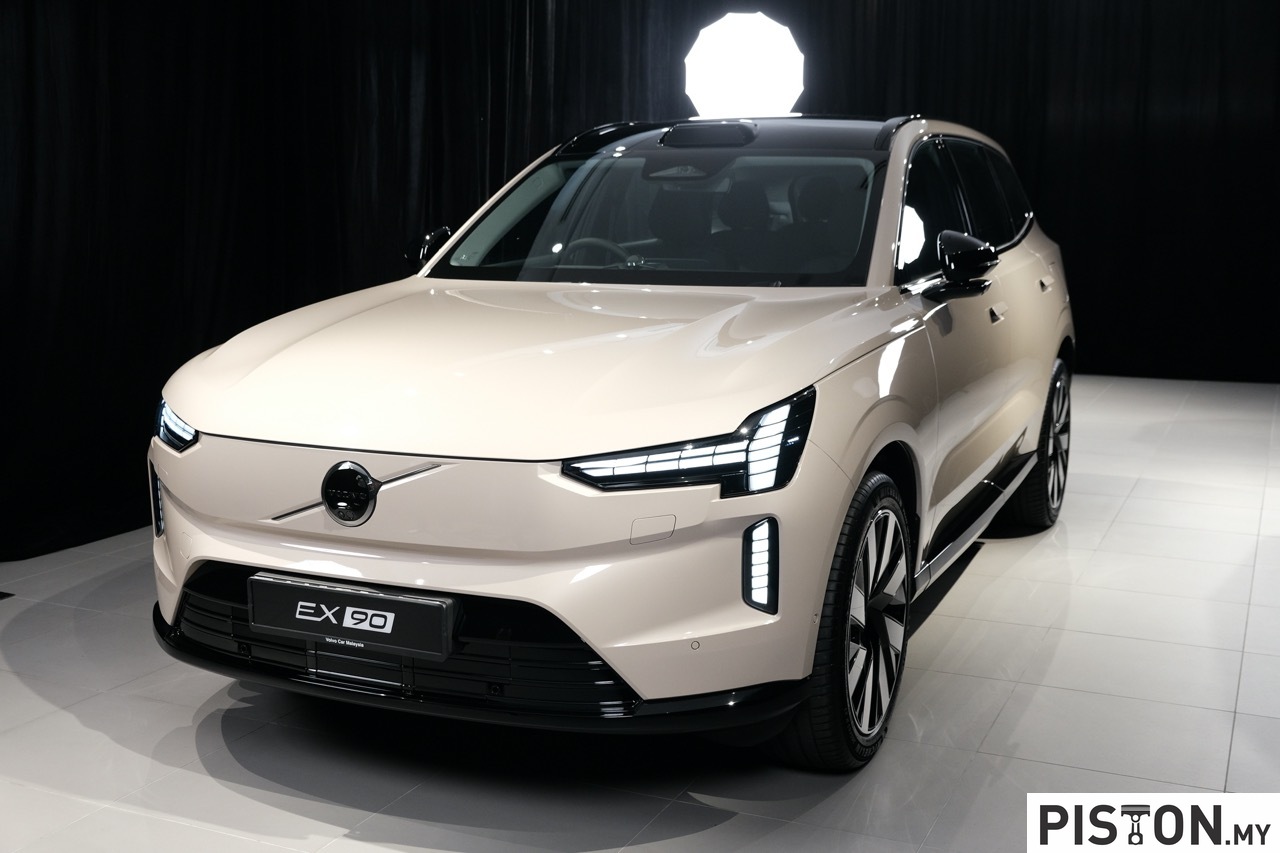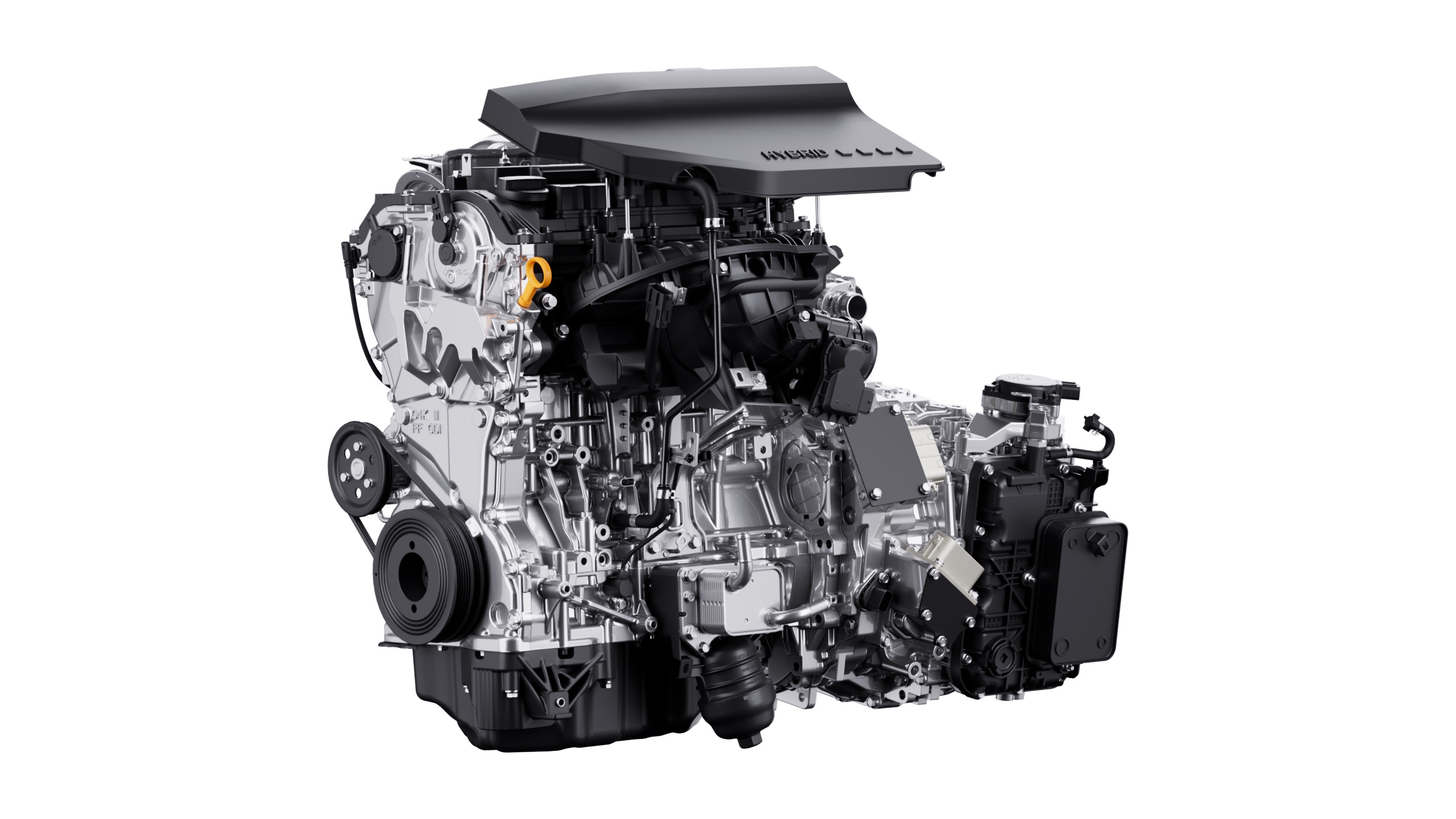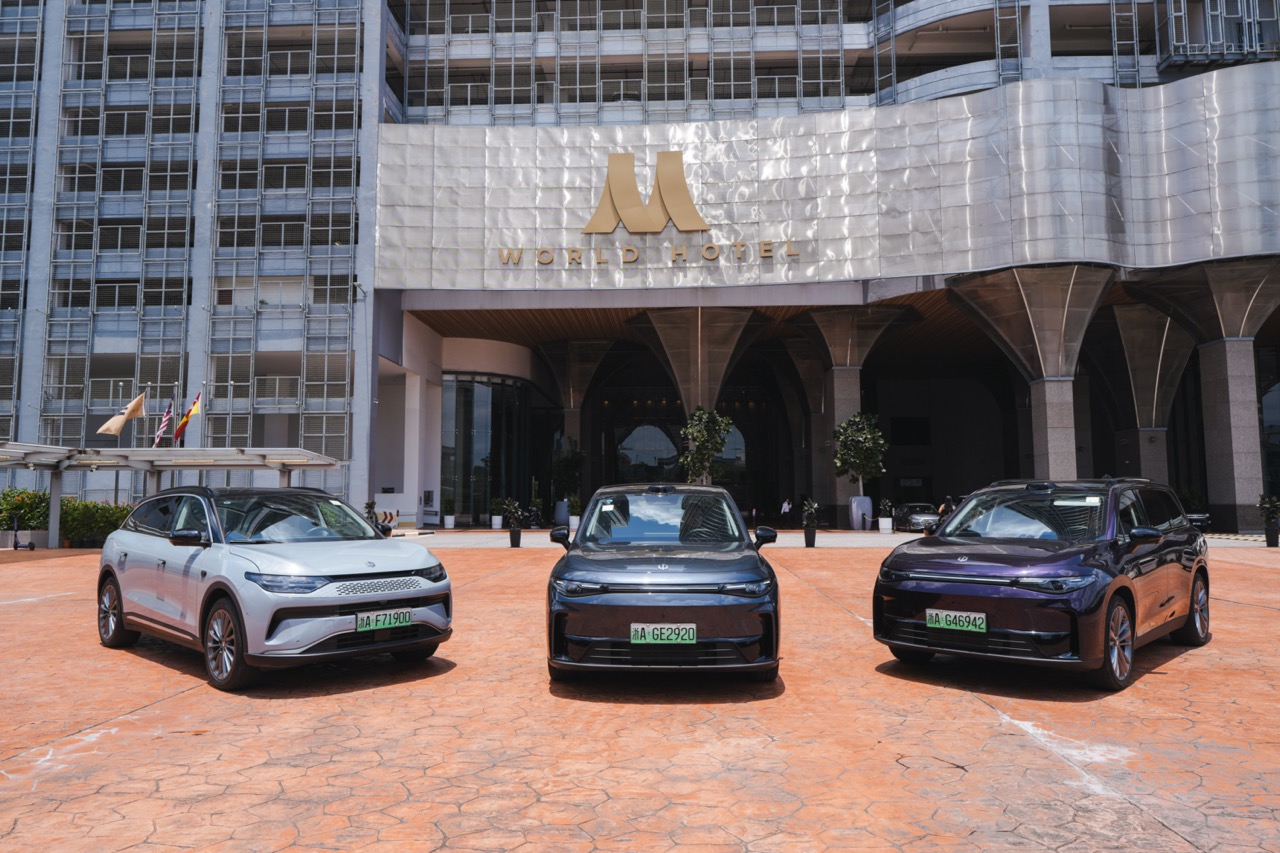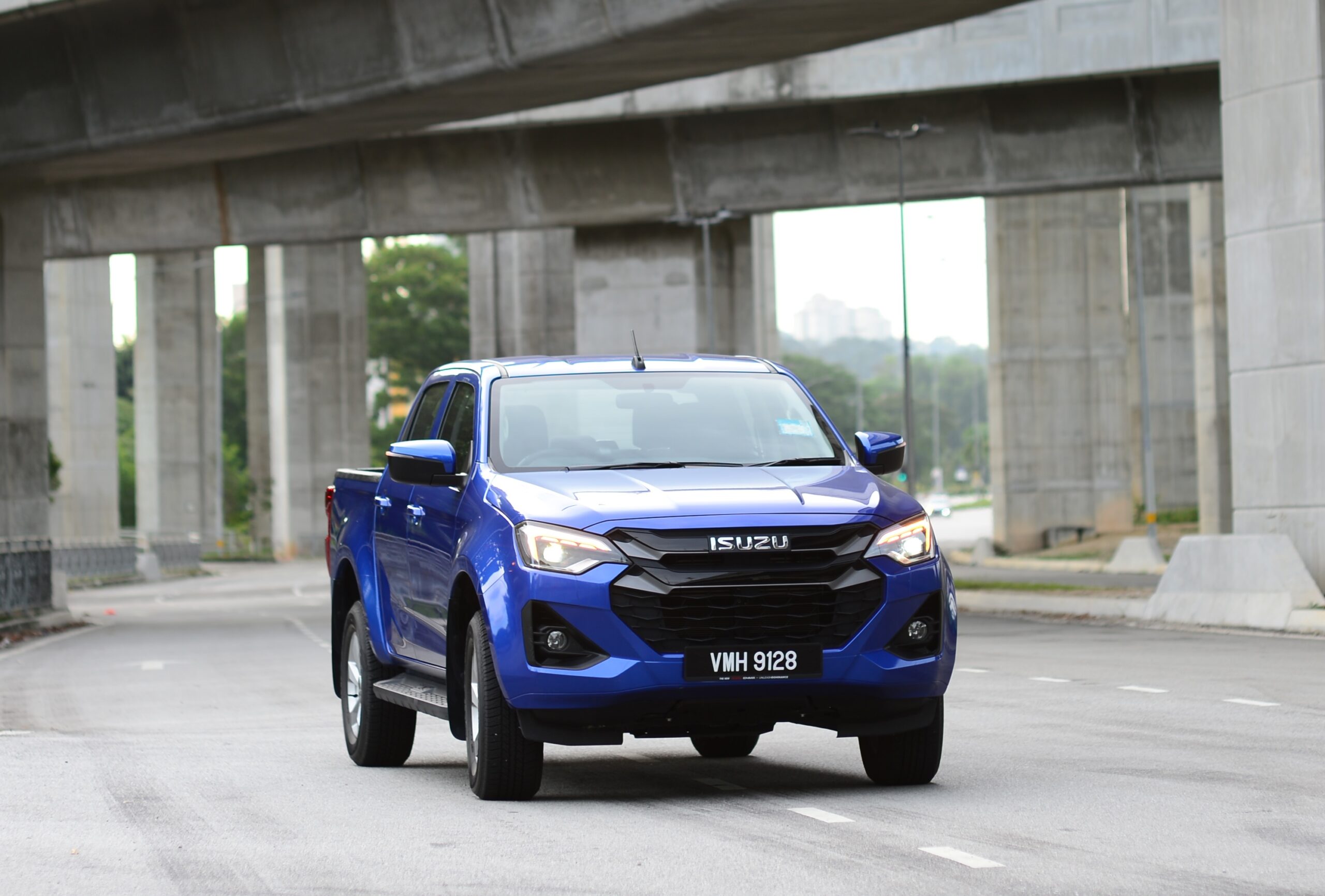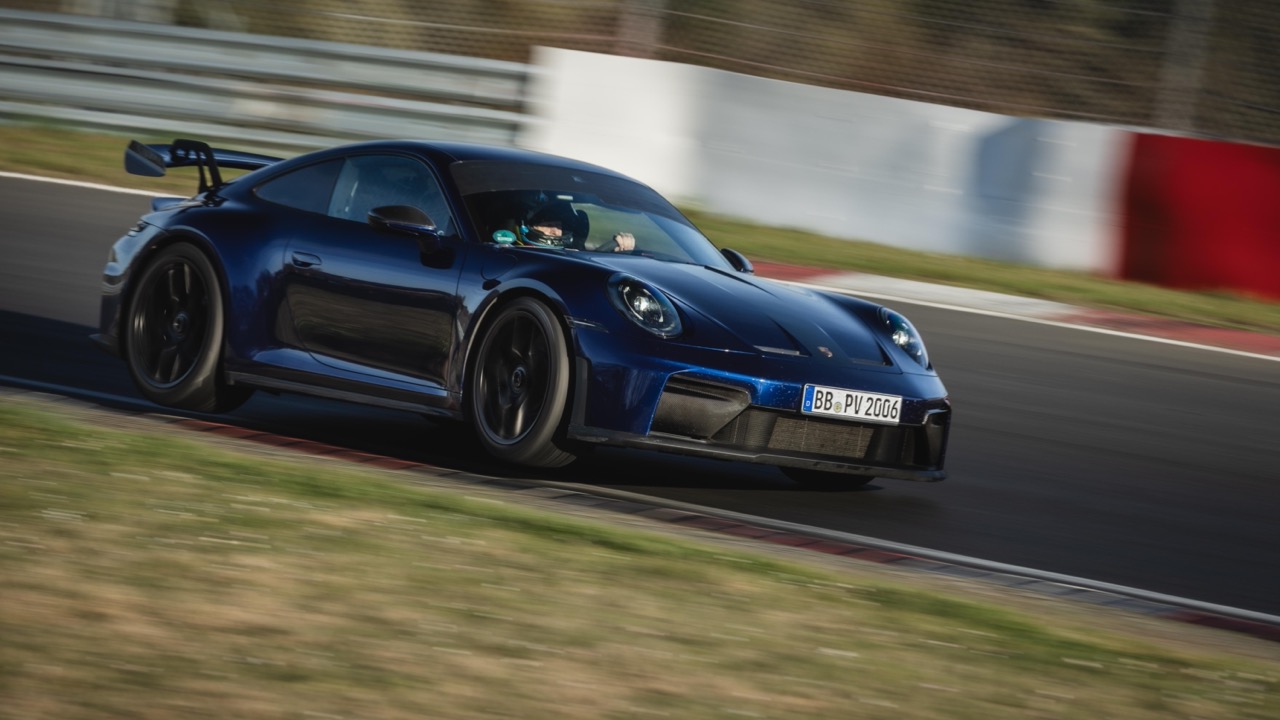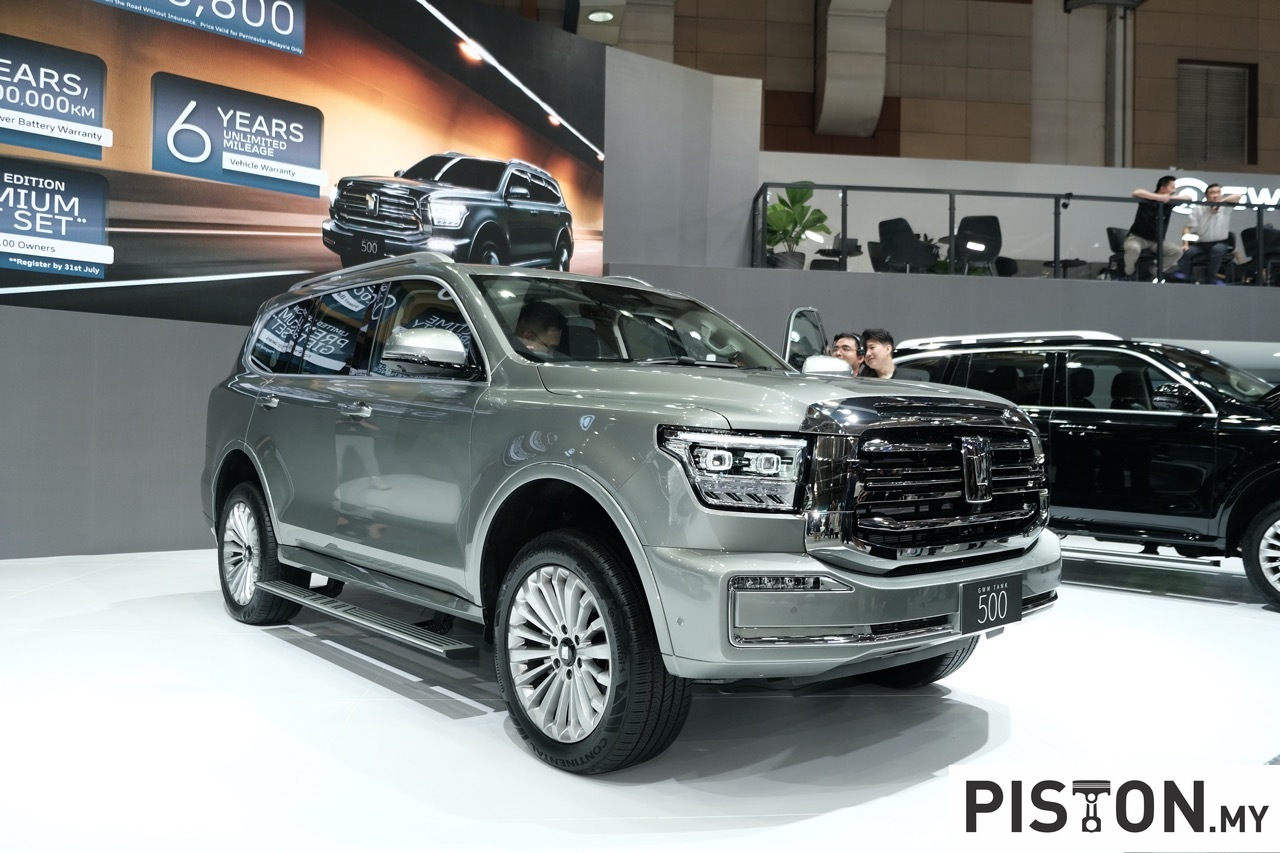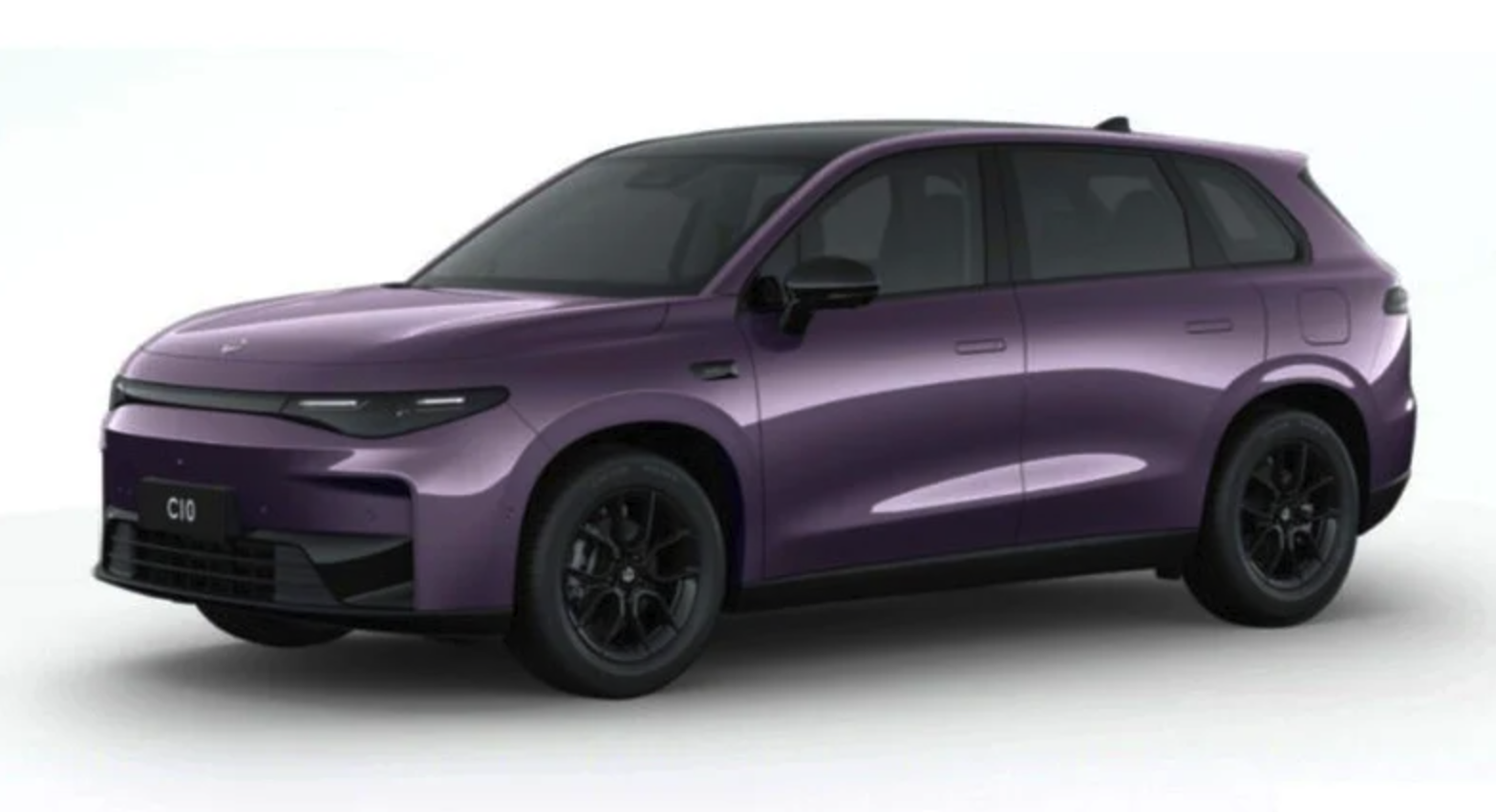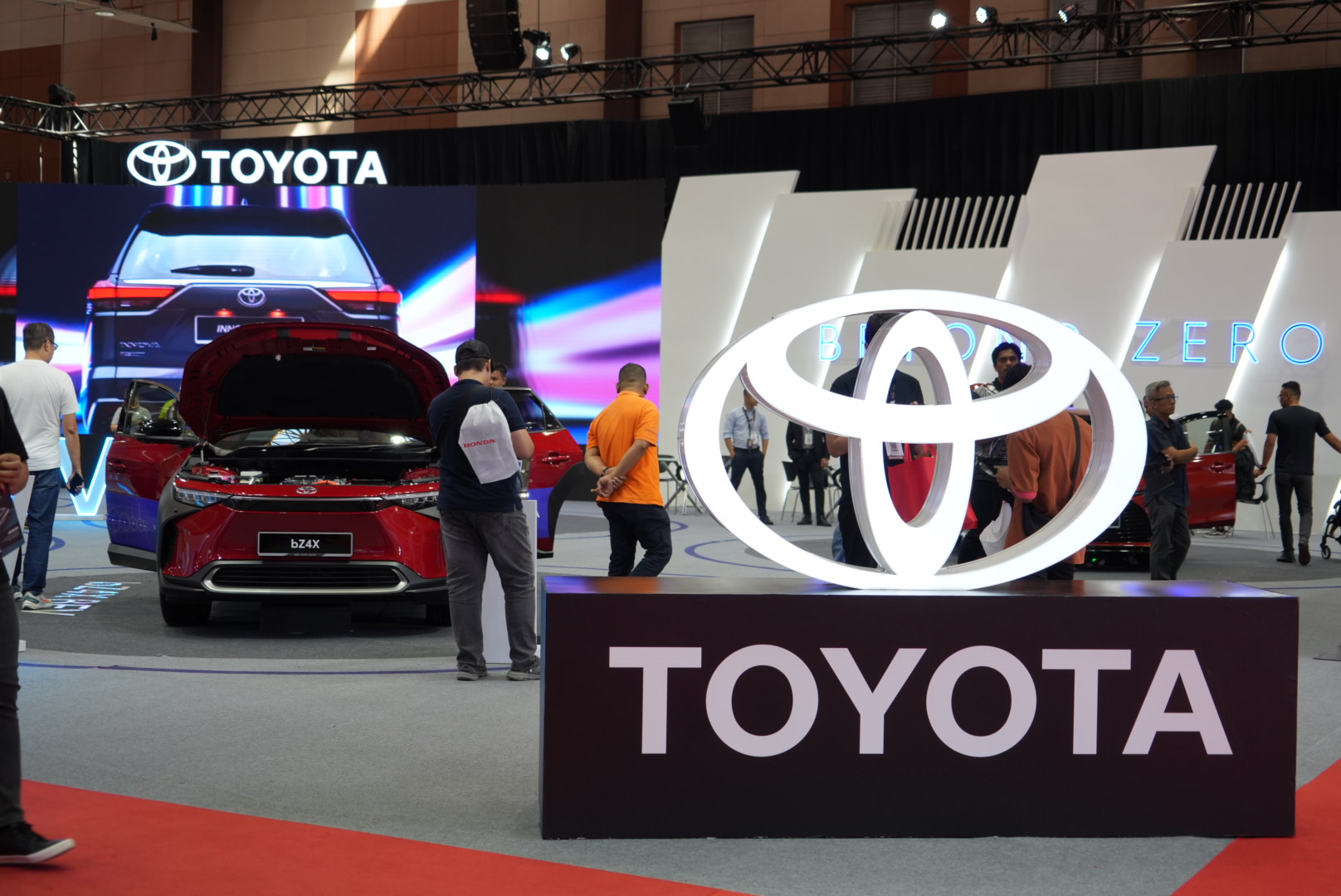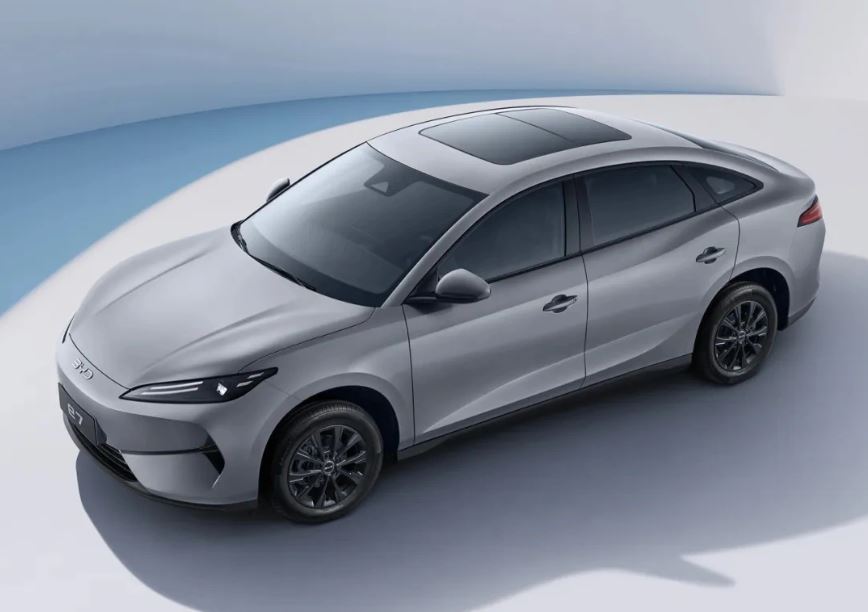
Renault’s flagship D-segment SUV – the Koleos – has been refreshed with a more distinctive exterior styling and enhancements to an interior that is already one of the most spacious and comfortable in its class.
Now available for booking at the showrooms of TC Euro Cars, the latest version of the Koleos will continue to be offered in two variants: a base version and a more extensively equipped Signature version.
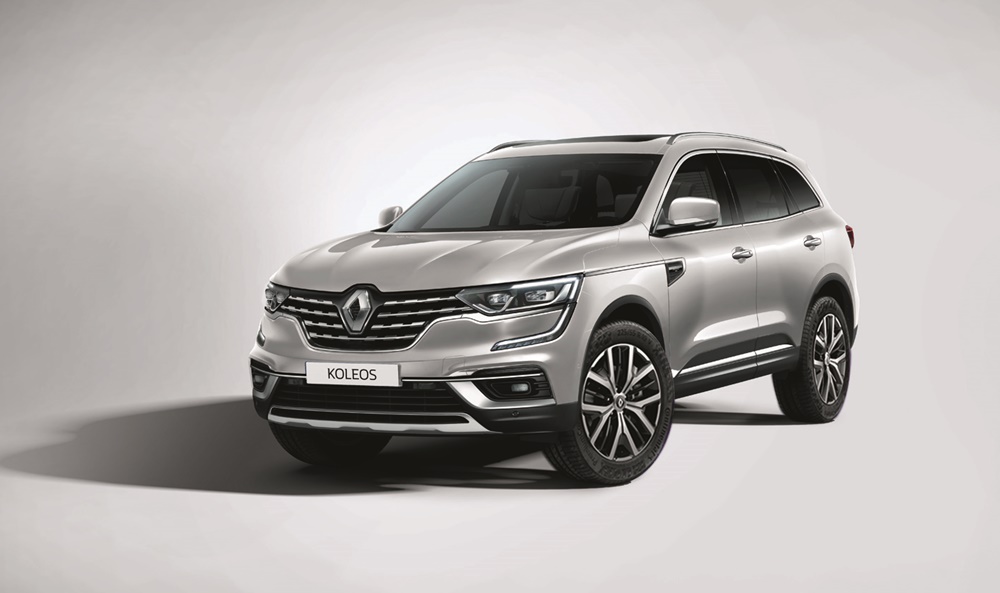
This being a midcycle update, the overall dimensions are unchanged (2705 mm for the wheelbase within a total length of 4672 mm) but the revised exterior design gives a more aggressive and muscular look, with Renault’s Pure Vision LED headlamps available on both variants. Customers can choose either a Universal White or Black Metallic exterior finish.
Key enhancements include new front and rear bumpers with full-width chrome detailing, and new alloy wheels (19 inches diameter for the Koleos Signature). Both variants are now equipped with the convenient hands-free power tailgate which is height-adjustable according to individual needs.
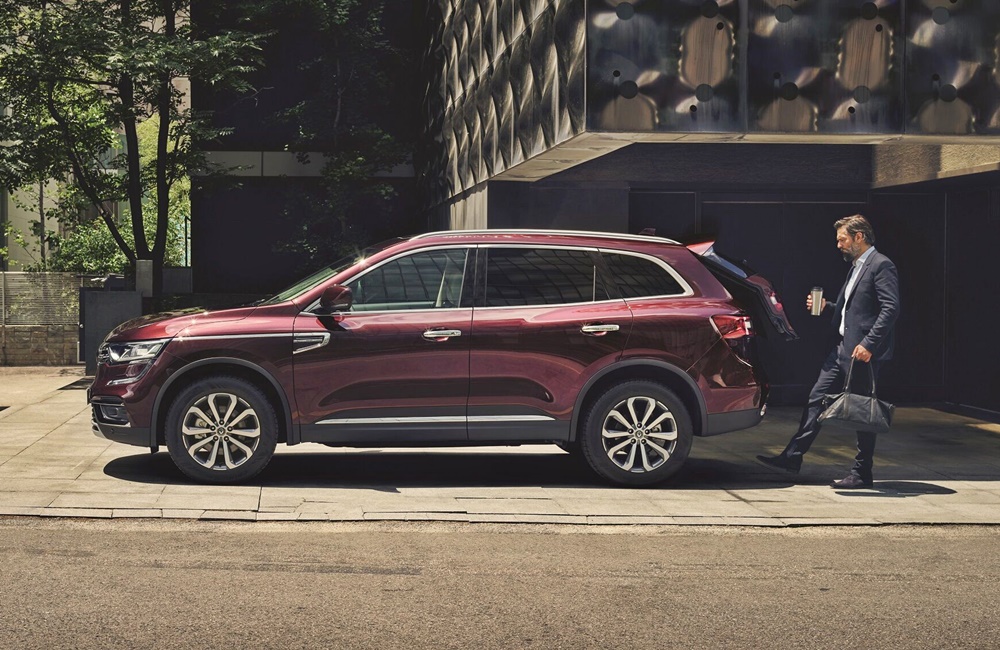
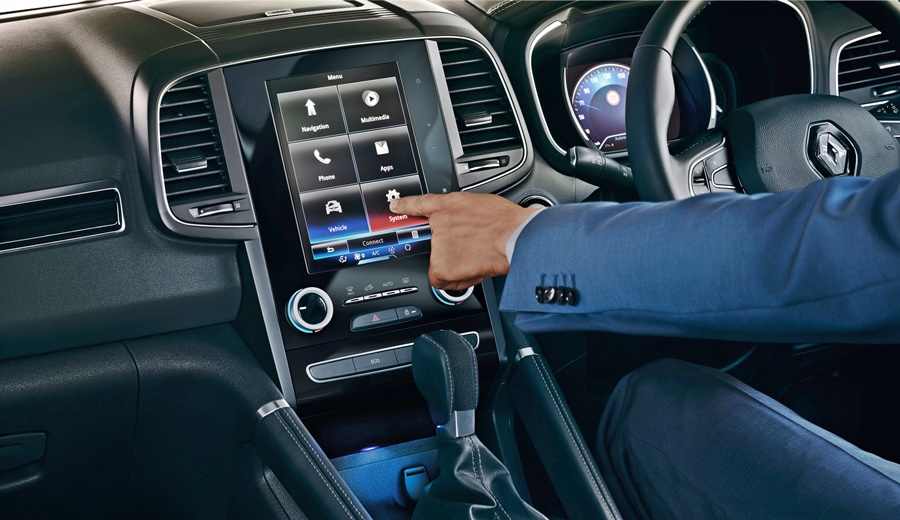
Equipped Apple CarPlay and Android Auto, the occupants can now interface whatever is on their smartphone with the car’s 8.7-inch R-LINK2 multimedia system.
Power adjustment for seats are standard for both front seats while rear passenger seats have a 2-step adjustable seat configuration for enhanced comfort. An electric panoramic sunroof (Koleos Signature only) adds a premium touch while enhancing cabin ambience.
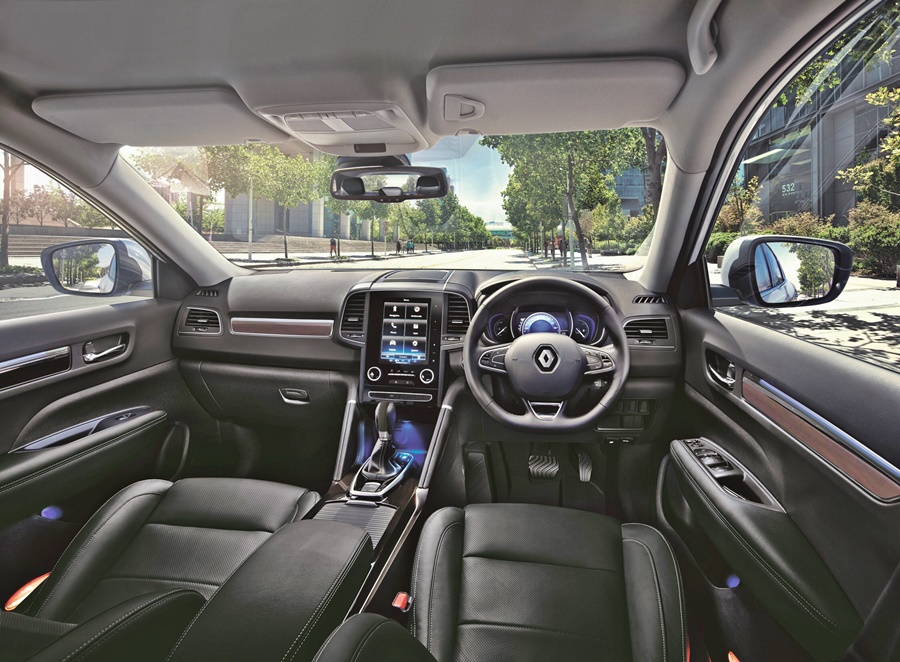
The Koleos imported to Malaysia is powered by a 2.5-litre petrol engine mated to an X-Tronic CVT automatic transmission. This efficient and proven engine can produce up to 171 ps/226 Nm while going up to 12.3 kms/litre, according to factory tests.
The new Koleos prices are from RM179,888 for the standard variant and RM189,888 for the Koleos Signature (on-the-road inclusive of SST, without insurance, for private registration in Peninsular Malaysia). Each new unit comes with a 5-year full manufacturer’s warranty with unlimited mileage. Owners also enjoy a free scheduled maintenance service package for the first 5 years or maximum of 100,000 kms.
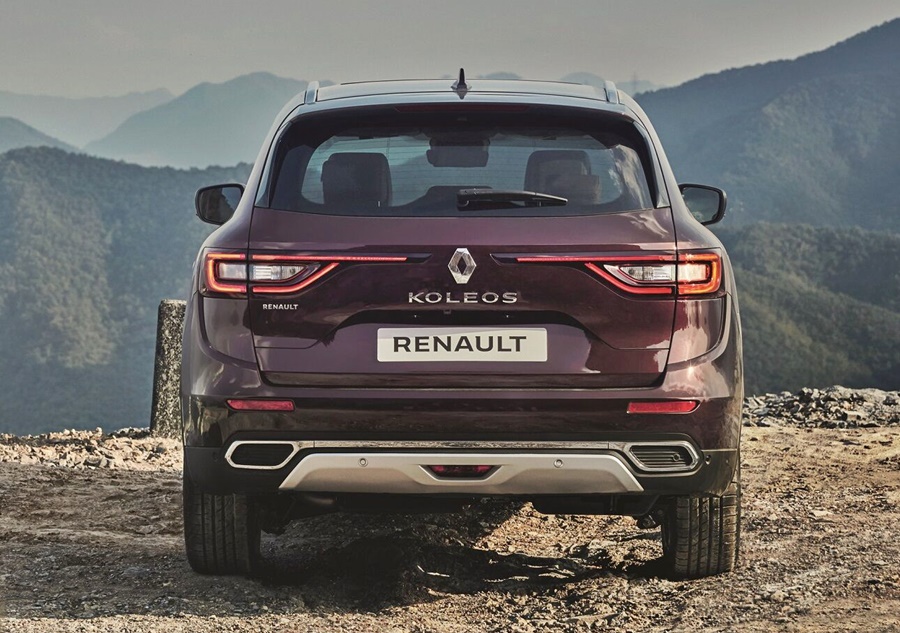
During the month of November 2019, TCEC is offering up to RM15,000 for trade-ins on top of the vehicle assessment amount. Alternatively, they can choose the Renault Subscription scheme which offers freedom and flexibility of ownership. There’s no commitment to a long-term loan tenure, rigid lock-ins and vehicle depreciation costs are also non-issues.
To locate a showroom or to know more, visit www.renault.com.my .
(more…)




